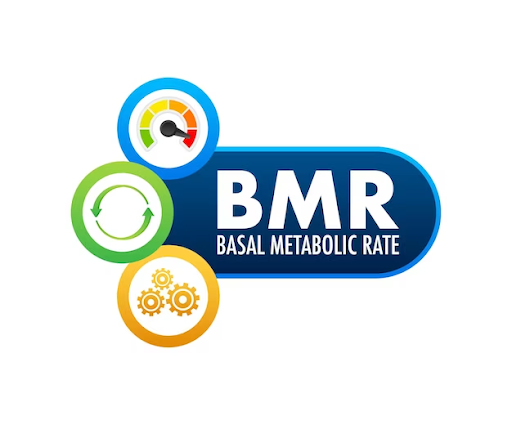Body Mass Index (BMI) and Basal Metabolic Rate (BMR) are two significant health-related indexes often used by fitness enthusiasts and researchers alike. Both these mathematical models play a critical sociodemographic role, especially when talking about a woman’s health. Despite being for the entire population, these tools effectively account for individual differences and have versions tailored specifically for women. This article will tell you more about the women’s body mass calculator and the body BMR calculator.
Understanding the Women’s Body Mass Calculator
A body mass calculator (or a BMI calculator) calculates the body mass index, a value derived from the weight and height of an individual. It is an essential tool to categorize if a person has a healthy weight for a given height or not. The formula to calculate BMI involves dividing a person’s weight in kilograms by the square of their height in meters (kg/m2). Alternatively, you can multiply a person’s weight in pounds by 703 and then divide it by the square of their height in inches if you’re not familiar with the metric system.
The resulting number gives an approximation of your body fat, which you can compare against standard ranges to determine if you’re underweight, normal weight, overweight, or obese. The standard ranges are less than 18.5 for underweight, 18.5 to 24.9 for normal weight, 25 to 29.9 for overweight, and higher than 30 for obesity.
Although the BMI ranges apply to both sexes, it’s important to note that women generally have more fat than men. As a result, female BMI standards may be slightly higher than those for males. Furthermore, since muscle weighs more than fat, bodybuilders and athletic individuals may have BMIs that portray them as overweight despite not having excessive fat.
The impact of Age on Women’s Body Mass
Age is a crucial factor to consider when talking about body mass and overall health. With age, there’s a gradual decrease in muscle mass for both men and women. Consequently, we see an increase in fat mass, particularly in post-menopausal women due to hormonal changes. Therefore, it is common for older women to have a higher body mass index. Remarkably, there are provisions within the body mass calculator that considers the impact of age on women’s body composition.
The Role of Body BMR Calculator
The body BMR calculator gauges the number of calories your body needs to carry out its basic physiological functions while you rest. Like body mass index, the calculation of BMR also provides specific guidelines for women. The commonly used Harris-Benedict principle for estimating BMR includes a formula for women which is: 655 + (4.35 x weight in pounds) + (4.7 x height in inches) – (4.7 x age in years).
This formula takes into account a woman’s weight, height, and age to more accurately estimate the number of basal calories required. Understandably, as with BMI, there are considerations made for age and other factors including pregnancy, lactation, and periods of extreme stress, illness, or injury.
To easily access these calculators and manage your health metrics, consider using the Bajaj Finserv app. This app offers a user-friendly interface that simplifies the process of evaluating your health and understanding your wellness journey.
In Conclusion
Both the women’s body mass calculator and body BMR calculator provide valuable insight into a woman’s health by considering factors like age. They offer an excellent opportunity for women to understand their bodies better and make informed health decisions. Changes in body mass and metabolic rate can shed light on underlying health problems, enabling the person to take necessary steps.While such tools are essential for preliminary examination, always remember that every individual is different and might not always fit correctly within average parameters. Consult with healthcare professionals for comprehensive information about your body mass and basal metabolic rates, taking into consideration factors unique to you. More than understanding figures, it is essential to maintain a balanced diet, regular physical activity, and a healthy lifestyle.


